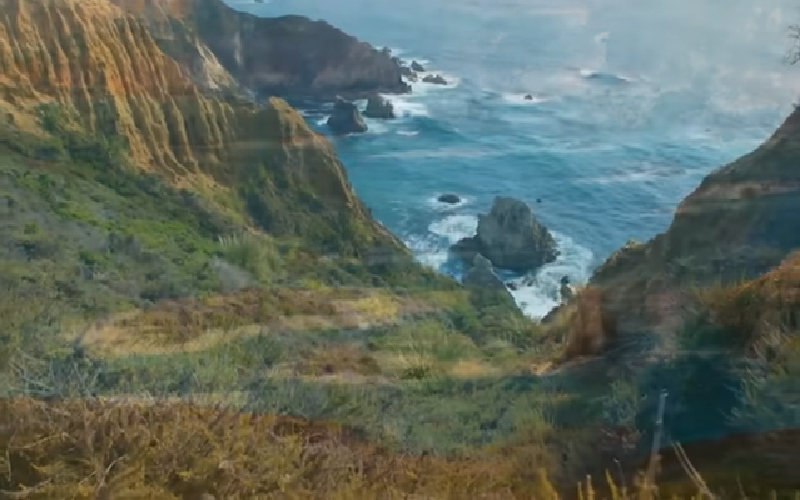We tell the story of the only analog observatory in the Rostov region
In the Nedvigovka farmstead of the Rostov region, within walking distance from the excavations of the ancient city of Tanais, the Educational Observatory of the Southern Federal University is located.
After the Great Patriotic War, when the university and the city were still being restored, an observatory with a movable dome was built in the darkest place of Rostov-on-Don, in what is now Gorky Park, where the planetarium is now located. It is from this place that the history of space exploration by the Donetsk people begins.
In 1957, the first artificial Earth satellite was launched. Then at Rostov State University (now Southern Federal University), an initiative group for satellite monitoring was created among students. For the so-called “Satellite Tracking Station,” aircraft were specially launched to simulate the movement of satellites.
However, along with the rapid growth of the city and one of the leading universities in the south of the Soviet Union, it became clear that it was necessary to build a telescope far from Rostov. This is due to the fact that street lamps, city dust and gas pollution simply make it impossible to see the night sky. The choice of the university management fell on the Nedvigovka farm, where the educational and experimental biological station of the Russian State University was located and biology students did their internship.
Instead of the old 15-centimeter Zeiss telescope, which stood in Gorky Park, a new, more modern device was purchased in 1961. And just a year later, the observatory accepted its first students.
“The observatory project was initiated by employees of the Astronomical Complex of the Research Institute of Physics of the Russian State University. However, the main contribution, of course, was made by the rector Yuri Zhdanov, who allocated 5,000 rubles from his fund for the construction. I started my work here at the observatory construction site, as a graduate student. And now, more than 50 years have passed, and the stars and sky still won’t let me go,” shared the head of the SFU Observatory Mikhail Nevsky .
The observatory’s move breathed new life into the Satellite Tracking Station. Until the mid-70s, the team, in collaboration with similar groups from other universities, made a real contribution to space exploration.
The telescope in Nedvigovka is small by modern standards. It is intended for educational purposes only, to enable students to become familiar with the elements and techniques of using a telescope, and to gain basic celestial navigation skills. Today, students use it to write coursework and even dissertations. However, SFU conducts serious scientific research at the Zelenchuk Observatory, which is located in the mountains of the Karachay-Cherkess Republic. There is the largest telescope in Europe with a lens diameter of six meters; for comparison, ours has only a 20-centimeter lens.
00:00
Text author: Georgy Moskvichev
